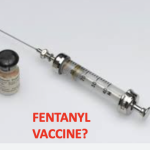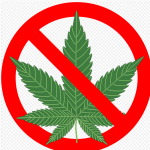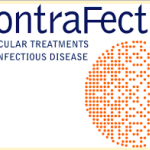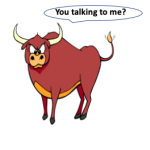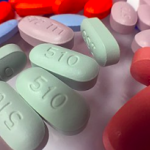Illicit fentanyl continues to kill tens of thousands of people annually in the U.S. In fact, this number may very well be increasing as the "fentanyl epidemic" continues unabated. But now a fentanyl vaccine – which could be of some use in mitigating damage – appears to protect mice from the drug. Will it succeed in humans and, if so, how might it be used?
Drugs & Pharmaceuticals
Is marijuana really the low-risk drug that many Americans believe it is? Emergency room physician Dr. Roneet Lev says the popular conception of cannabis—as an all-natural treatment for pain, anxiety, seizures, and so many other ailments—is far too simplistic. She joins us on episode 25 of the Science Dispatch podcast.
The US congress is considering enacting a market incentive to incentivize the research and development of new and needed antibiotics. They are balking at spending a few billion dollars over several years in spite of rising antibiotic resistance and a paltry pipeline of new antibiotics. Without this money, we will watch any hope of fighting the onslaught of resistance whither and die. But our senators and congresspersons are getting cold feet. You have got to be kidding!
Just what we need, another dangerous street drug. It's called xylazine aka Tranq and is approved only as an animal sedative. But it's increasingly being used along with fentanyl, making both more dangerous. And there is no antidote. Our drug policy continues to result in more dangerous drugs on the street - something we should have (but did not) learn long ago. And a short DCLFH for all you masochists out there.
If you haven't taken Paxlovid you cannot possibly fathom the vile sensory experience called "Paxlovid tongue." What to do? Write a song. The Blues, of course.
Wanna hear something sickening? Neurontin, a drug developed for epilepsy and used off-label for neuropathic pain, had its sales grow 250% between 2004 and 2019. Why? We don't have 250% more epileptics. No, it's because the drug is being forced down the throats of people who can no longer get sufficient pain relief. The result? Abuse and also more overdose deaths. Just another chapter in our psychotic war against legitimate opioid drugs and the people who need them.
Recently, Contrafect, an antibiotic biotech company developing a novel product for the treatment of severe staphylococcal infections, suffered a failure in its phase 3 trial. The trail was designed to show the superiority of its new drug over standard treatments. Why is it so hard to show that one antibiotic works better than another in a clinical trial?
We sure need a new pain medicine without the baggage of NSAIDs or the stigma of opioids. Johnson & Johnson thinks it might have an answer - a derivative of Tylenol without the associated liver toxicity. But does it treat pain? Not very well.
In general, the dietary supplement industry has the scruples of a three-card monte game. One of the most popular products is melatonin, which is used as a sleep aid because it's natural (wrong) and not a drug (also wrong). Let's take a look at some supplement sleight of hand.
It has always been known that biological females and males have different body compositions. For example, men typically are larger, have more muscle, and weigh more than women in humans, a trend seen across almost all mammals. That difference can potentially influence body hydration, organ blood flow, and organ function, which can affect many drugs' metabolism.
This is some potentially exciting news coming from China: a Covid drug called Azvudine (originally an HIV drug) that appears to be quite effective in reducing symptoms from the infection. However, there are two problems: 1) The information comes from Chinese newspapers, not journals; 2) the science doesn't add up.
Since 2020 Dr. Roneet Lev has been doing podcasts called High Truths, most often about addiction and drugs. So, I was happy to participate in an episode about fentanyl. It turned into quite a bit more.
